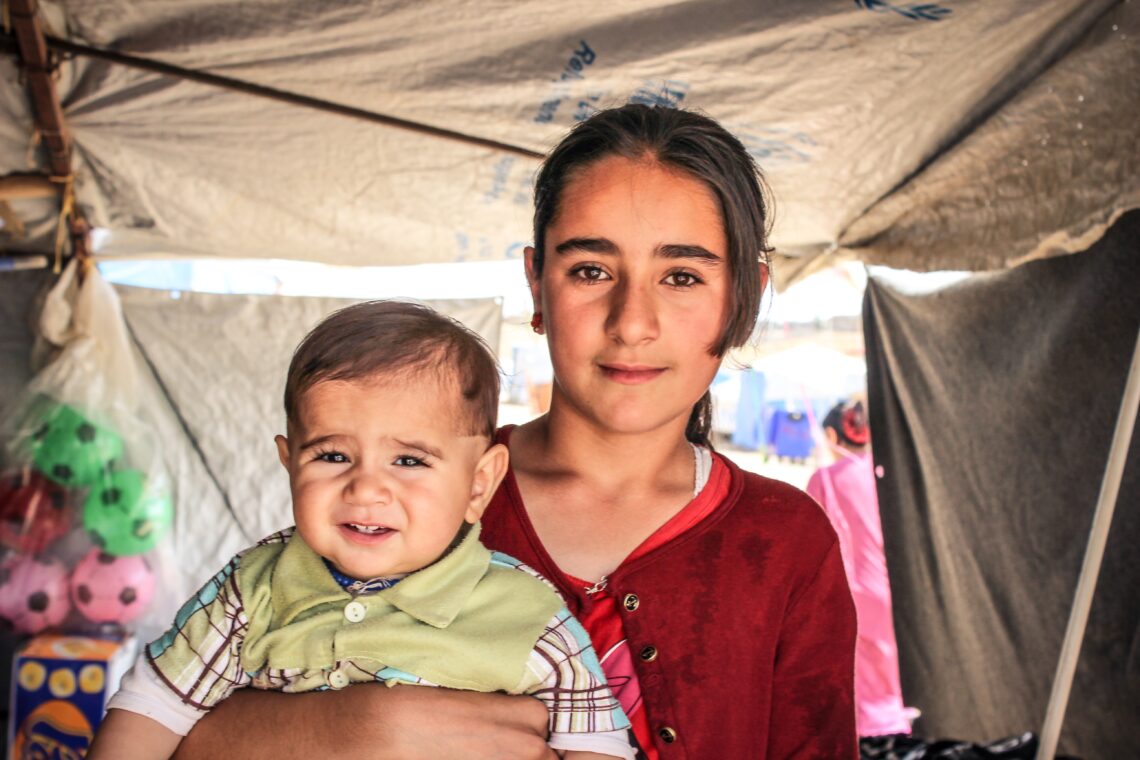
Case: Building Bridges (Thessaloniki, Greece)
The Greek Museum of Photography, established in 1987, is a cultural institution dedicated to the study, promotion, and education of photography. Located in Thessaloniki since 2001, it houses a vast collection of photographic objects spanning over a century. In 2016, the museum organised the exhibition An Other Life: Human Flows / Unknown Odysseys, featuring works by photojournalists and personal photographs of refugees. Complementing the exhibition, educational programs were implemented, incorporating real refugee testimonies and employing Educational Drama techniques. These initiatives attracted thousands of visitors, fostering understanding, empathy, and ongoing engagement, while utilising photography as a powerful medium for visual storytelling.
Background
Established through private initiative in 1987, the Greek Museum of Photography assumed its current form under the supervision of the Ministry of Culture in 1997. Since 2001, it has been located on the first floor of Warehouse A in the Port of Thessaloniki, providing a dedicated space for the study, promotion, and appreciation of the art of photography. The museum’s overarching mission is to cultivate aesthetic sensibilities and educate the general public about photography and its historical and contemporary manifestations. Its extensive archives and collection encompass approximately 90,000 photographic objects spanning the period from 1890 to 2015. In addition to preserving and expanding its collections, the museum is committed to establishing an organised archive and hosting the Thessaloniki Photobiennale, reinforcing its role as a hub for photographic exploration and cultural exchange.
Description
In 2016, the Thessaloniki Museum of Photography launched a temporary exhibition titled An Other Life: Human Flows / Unknown Odysseys. This exhibition showcased the captivating work of 26 photographers, primarily photojournalists, who captured the poignant journeys of individuals embarking on a new life in Europe after leaving their homelands. With over 160 powerful photographs on display, the exhibition also incorporated personal images taken by two refugees themselves, adding a deeply personal dimension to the narrative.
Complementing the exhibition, the museum designed three distinct educational programs tailored to different age groups. These programs aimed to delve into the complexities of the refugee experience and explore the evolving identity of the modern refugee. The educational approach centered on real-life refugee testimonies, employing techniques from Educational Drama such as image theatre, improvisations, and psychometric circles.
One of the museum’s educational initiatives, How do you see it?, was implemented in October 2016 within its premises. This program, spanning 20 hours, catered specifically to thirteen underage refugees aged 14 to 18 from Syria, Afghanistan, and Pakistan. These individuals were residing at the Transitional Shelter for Asylum Seeking Minors in Sindos. The program, conducted over three sessions, provided a supportive and engaging environment for the participants to share their perspectives, thoughts, and experiences.
Impact
The exhibition attracted a significant number of visitors, including 5,350 primary and secondary school students who participated in educational activities and guided tours. This initiative provided an avenue for students to express their individual perspectives and concerns, fostering open discussions and the exchange of diverse opinions. Additionally, refugee minors had the opportunity to learn about the history and daily life of Thessaloniki, establishing connections with the city’s culture and mindset. The tour, which included refugee neighbourhoods in the Upper City, facilitated a deeper understanding and appreciation of shared elements. Furthermore, the students actively engaged in the art of photography, and their selected photographs were included in personalised commemorative albums created for each participant.
An important outcome of the program was the continued engagement of refugee minors with the museum. They continued to visit the museum regularly and actively participated in its ongoing activities, demonstrating a sustained interest and involvement in the museum’s offerings.
Relevance/usability
The use of photography as a medium enabled the creation of a visual storytelling platform that effectively engaged the participants and made the experience of exploring the city’s history more memorable and captivating. By basing the program on real stories, testimonies, and photographs of refugees, the museum provided an authentic and meaningful experience, fostering a humanised understanding of the refugee crisis and promoting empathy and connection.
Furthermore, the incorporation of Educational Drama techniques allowed the participants to delve into complex topics in a dynamic and interactive manner. This approach facilitated a deeper exploration and comprehension of the subject matter, encouraging active engagement and personal reflection. The combination of photography, authentic narratives, and interactive techniques enriched the program, creating a powerful and immersive experience that left a lasting impact on the participants.
References
- https://www.momus.gr/momus/photography
- https://ayla.culture.gr/wp-content/uploads/2018/07/2016_18i_enimerotiki_synantisi.pdf
Contact information
Thessaloniki Museum of Photography info@momus.gr
Author
Rafaella Ntana, EKEDISY
Header Photo by Jonathan Ramalho on Unsplash


